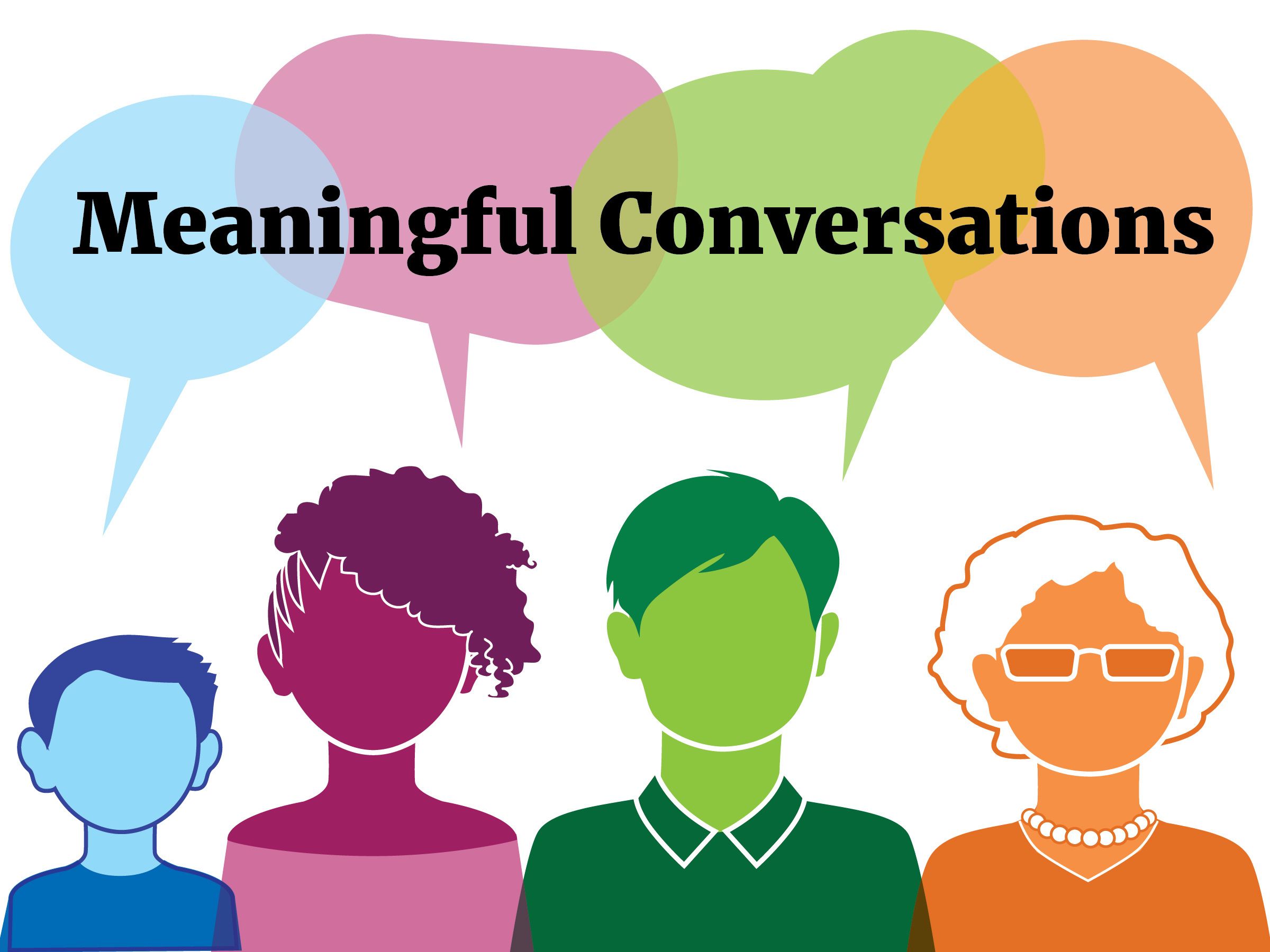As a literacy specialist, I often am asked WHAT SHOULD I BE DOING WITH MY KIDS? The goal of this post is to empower parents with research that makes measurable differences in their child’s school skills by implementing brain science findings that support your child’s brain development in ways that might be innocently overlooked. I will be covering 6 types of specific conversations that you can have with your children at ANY age that will grow their Language Center in their brain and hence improve reading skills, reasoning skills, vocabulary and more. Talking to your kids is a win for your relationship, I think we all know this, but I am sharing how certain conversations will also be a WIN for their brain development.
 We know the brain is “plastic”. This means that the brain can rejuvenate damaged areas like stroke patients who relearn and recover from strokes show us by their progress. Similarly, students can learn how to be better at things they are not, and activate areas of their brain not currently strong. The areas I am discussing involve things like reasoning, comparing and contrasting, reading and even math logic. This post is going to share some research from the Harvard Graduate School of Education, Project Zero and I think you are going to get excited about knowing the power of these 6 types of conversations!
We know the brain is “plastic”. This means that the brain can rejuvenate damaged areas like stroke patients who relearn and recover from strokes show us by their progress. Similarly, students can learn how to be better at things they are not, and activate areas of their brain not currently strong. The areas I am discussing involve things like reasoning, comparing and contrasting, reading and even math logic. This post is going to share some research from the Harvard Graduate School of Education, Project Zero and I think you are going to get excited about knowing the power of these 6 types of conversations!
Reading uses the Language Center of your brain and if this area is weak, then reading will be difficult. Yes, it is that simple. You can STRENGTHEN your child’s language center in their brain, which in turn supports reading skills and writing skills. The brain is a “use it or lose it” muscle which is altered by each and every complex thought we think. The more you think critically, the smarter you become. The more you think with the thinking styles required in these types of conversations, the more the brain will develop strength in the Language Center and will be capable of supporting growth that school requires in reading ability.
Here are the six types of conversations that are recommended for brain growth:
- Reasoning: Ask your child: “What makes you say that?” This strengthens their neuron pathways around logical reasoning and their language center of the brain just by answering you. Question them and do not dispute their claim, just see if they can justify it and give support (from their perspective) and respond to multiple questions about their claim. Of course, after a few rounds of asking for their reasoning then you sure can make it a teaching moment. Many parents jump to the teaching moment when a child makes a false claim, but asking them to justify and provide a rationale for their claim is so beneficial to their brain, do not skip the conversation for this reason. Then teach all you want, as you normally would. The process is referred to as “Claim, Support, Question”
- Questioning and Investigating: Give your kids a puzzling question like “Why do you think the sky is blue?” or “How do you think (any animal) contributes to the food chain?” for example. You want your child to think, and be a bit puzzled, and form their own creative responses to solve something they may now know just by thinking about it. Do not turn to Suri or the internet, just use your brain. You can do this with virtually anything you see. The idea is to see something, then think of things you know around that thing or ideas you may have about that thing, then question and wonder some thoughts. The process is referred to as Think/Puzzle/ Explore/Creative Questions. and can also be thought of as “See/Think/Wonder/Creative Questions”.
- Observing and Describing: Ask. your students to describe a beginning, middle and an end to any process. Younger students can do this with simple things like explaining how a plant flowers. Older students can do this with more complex questions like explaining how to knit a scarf or change the oil in a car. Learning how to elaborate and give appropriate detail to teach someone something they know how to do with enough detail is the goal. Are they including colors, shapes, and lines to describe their details? Is your student able to elaborate when questioned? This is an important aspect to practice with your child by questioning them for more detail. This process is referred to as “Beginning/Middle/End”.
- Comparing and Connecting: Ask your child to compare two things, and ask how they are alike. Young students can find similarities between the two animals, for example. Older students can compare two countries by geography, economics, cultures, etc.. Start the conversation with ” I used to think …. and now I think…. showing the connections between conclusions. Connecting things not connected before and extending their perceptions is the goal. Creative comparisons are often found in metaphors or similes and talking about them with kids is often not intuitive and a fun conversation. This process is referred to as “Connect/Extend/Challenge”.
- Finding Complexity: Seeing the complexity in situations is a learned skill. Help your child see the complexity in simple things and help them see the connectedness not obvious. We can do this with environmental conversation discussions like how the pollution gets from the air to the groundwater by rain. Or by talking about how gossip affects those who tell it and those who are gossiped about. Increase your child’s awareness that things are often complex and worth thinking about. This process is referred to as “Parts/Purposes/Complexities and increasing the thinking ability on the complexity scale”.
- Exploring Viewpoints: Step inside another person’s point of view and suppose how they might see a certain situation or view. This grows empathy. which is important in an of itself, but it also supports #5 by realizing the complexity of many viewpoints about the same topic or thing. Young students can imagine how their classmates feel when hearing about a party they are not invited to, and how their teacher feels when they see these conversations, for example. Older students can imagine how their behaviors affect others or observed behavior of another older person. This process is referred to as “Step Inside/Circle of Viewpoints”.
 Each of these types of conversations strengthens your child’s language center of their brain. This, in turn, will help them improve their IQ and how they think in all thoughts in the future. Growing your child’s reasoning skills through these types of conversations is proven to strengthen and improve thinking skills in kids and raise their IQ. Yes, you heard me right, IQ is NOT fixed. The bottom line is that conversations help kids directly through growing the language center of their brain and its connectedness to their creative and logical thoughts and this utilizes both sides of the brain. Language skills are a gateway to unlocking intelligence. Creating a bigger network in their brain which is at their disposal for future thoughts- this is the best thing we can do for our children to prepare them to live in this complex world, known as the 21st century.
Each of these types of conversations strengthens your child’s language center of their brain. This, in turn, will help them improve their IQ and how they think in all thoughts in the future. Growing your child’s reasoning skills through these types of conversations is proven to strengthen and improve thinking skills in kids and raise their IQ. Yes, you heard me right, IQ is NOT fixed. The bottom line is that conversations help kids directly through growing the language center of their brain and its connectedness to their creative and logical thoughts and this utilizes both sides of the brain. Language skills are a gateway to unlocking intelligence. Creating a bigger network in their brain which is at their disposal for future thoughts- this is the best thing we can do for our children to prepare them to live in this complex world, known as the 21st century.
As a final thought, your child loves you the most and looks to you for approval and attention, and by giving your child this type of attention, you are the most powerful person in their life to influence their brain development. Emotions make learning meaningful and memorable. No teacher in your child’s life has this advantage.
My hope is to empower parents to use neuroscience findings to assist their child’s brain development. Yes, this is also beneficial to the elderly and really anyone who wants to exercise their brain.
Thank you for reading and if this blog post interests you, please look for my book “How To Raise Academically Successful Children: A guide for parents” soon to be available.
Yours in education, Lisa Crosby, M.Ed.
A passionate parent and educator.
Academic Transformations President

